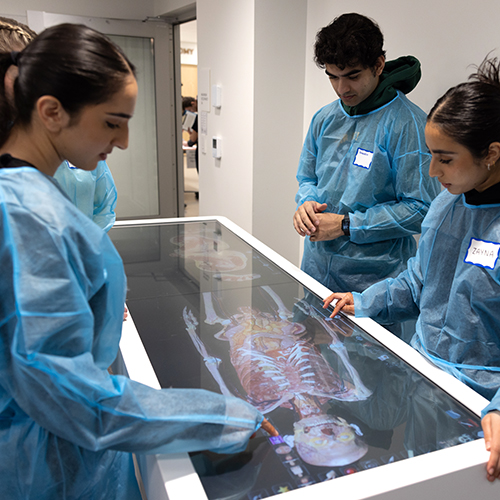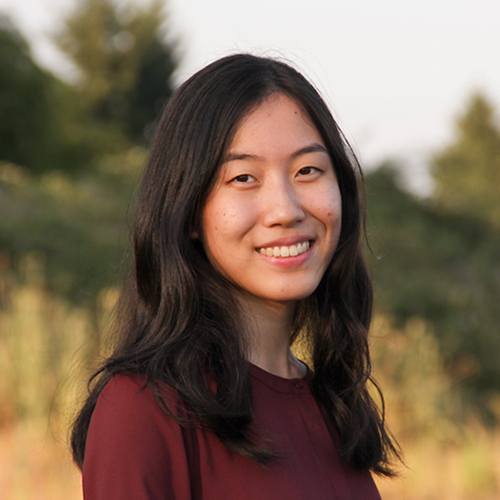Mistreatment of students in Indian residential schools. The loss of the Blackfeet tribal language. The popularization of Native American spiritual traditions. These are just a few of the topics explored in film documentaries produced by students in the
UW’s Native Voices program.
Yet to call Native Voices a film program would be somewhat misleading.
“First and foremost, we are a graduate program in indigenous research,” says Dan Hart, professor of American Indian studies, who co-directs the program with Luana Ross, professor of women studies. “Students spend as much time studying indigenous research methods as they do learning about documentary filmmaking.”

Native Voices courses—offered through American Indian Studies and the Department of Communication—cover a range of topics related to indigenous people and the media. One course explores how indigenous people worldwide use various media; another examines portrayals of Native Americans in cinema and popular culture. A class in documentary research methods covers ethical, legal, and other issues related to working with American Indian communities. And then there’s the series of film production courses, through which students learn how to translate their extensive research into a documentary film.
“Some students come in thinking we are a film program and put up blinders, ignoring that we are a program devoted to research,” says Hart. “When they see what is expected of them in terms of research and writing, they are surprised. Fortunately, that has come out positively in each case so far.”
So positively, in fact, that documentaries created by Native Voices students are routinely accepted into film festivals, including Sundance and the Toronto Film Festival. The films also are distributed internationally to schools, libraries, museums, and
tribal communities.
“We’re stunned at how much attention our projects are getting,” says Hart. “Even departments around the UW use our films—often without realizing that we’re right here.”
And the students who create the films? After graduating, many go on to positions of influence in the Native American film community. One is now media director at the National Indigenous Language Institute; another is special projects director for media at the Institute for American Indian Arts.
“We impress upon students that they need to give back,” says Ross. “It’s not okay to go into a community and scoop a story and then leave. We tell them that the relationships they develop should be sustained. It’s gratifying to see that that message has gotten through.”
More Stories

All the World's a Stage — and a Game
Students in DRAMA 480 learn how techniques used in game design can be adapted for interactive theater productions.

The Impact of Anatomy Lessons
Anatomy for Change, a program for students underrepresented in healthcare careers, provides opportunities to spend time in an anatomy lab.

Two Majors, Complementary Skills
Elizabeth Xiong (2024), a double major in art history and computer science, shares how she gained different and complementary skills from each major.